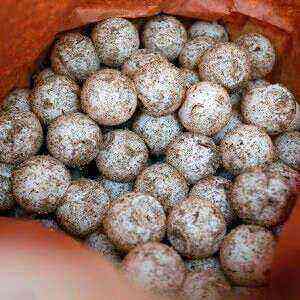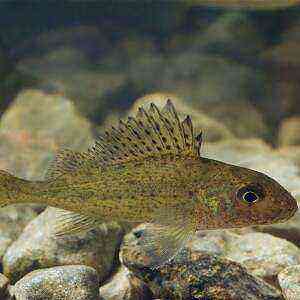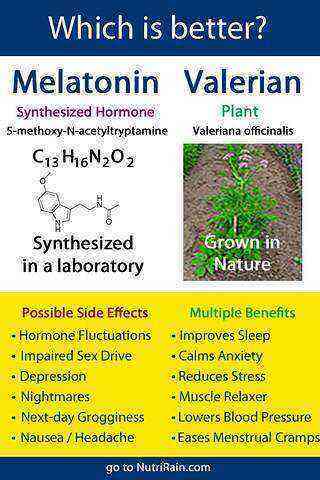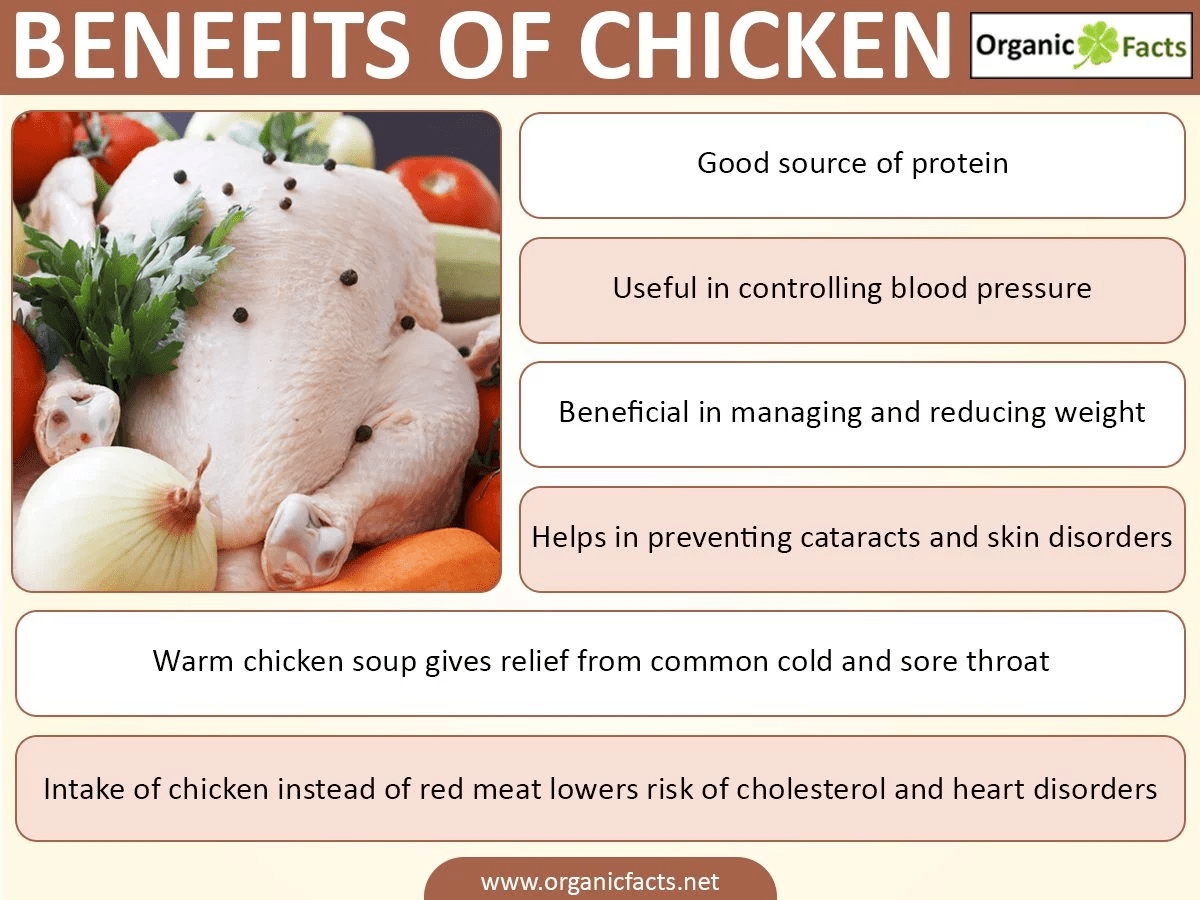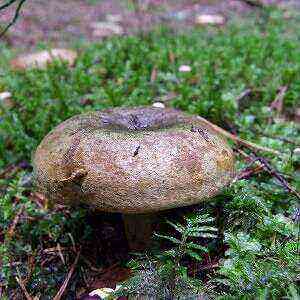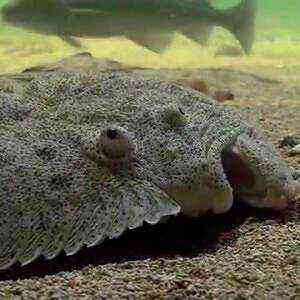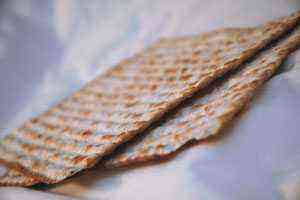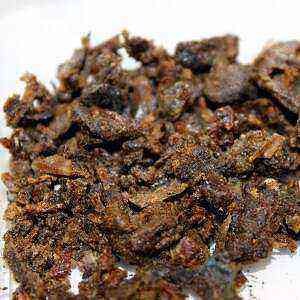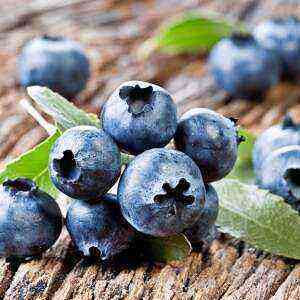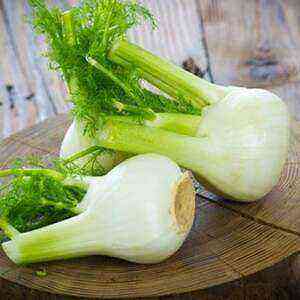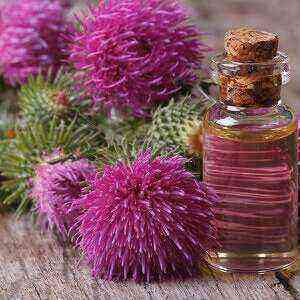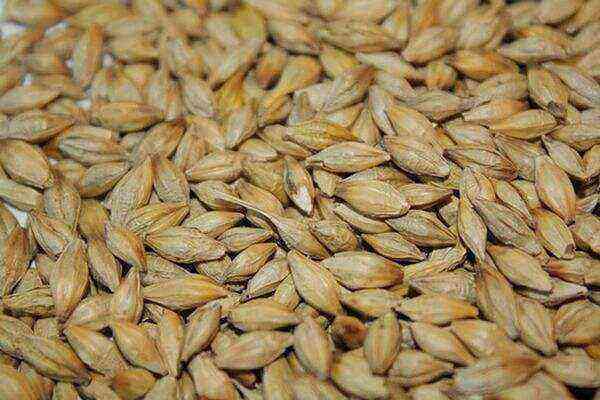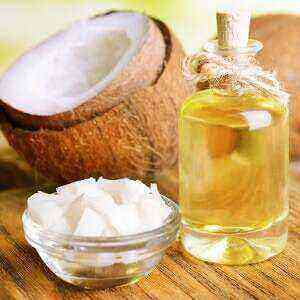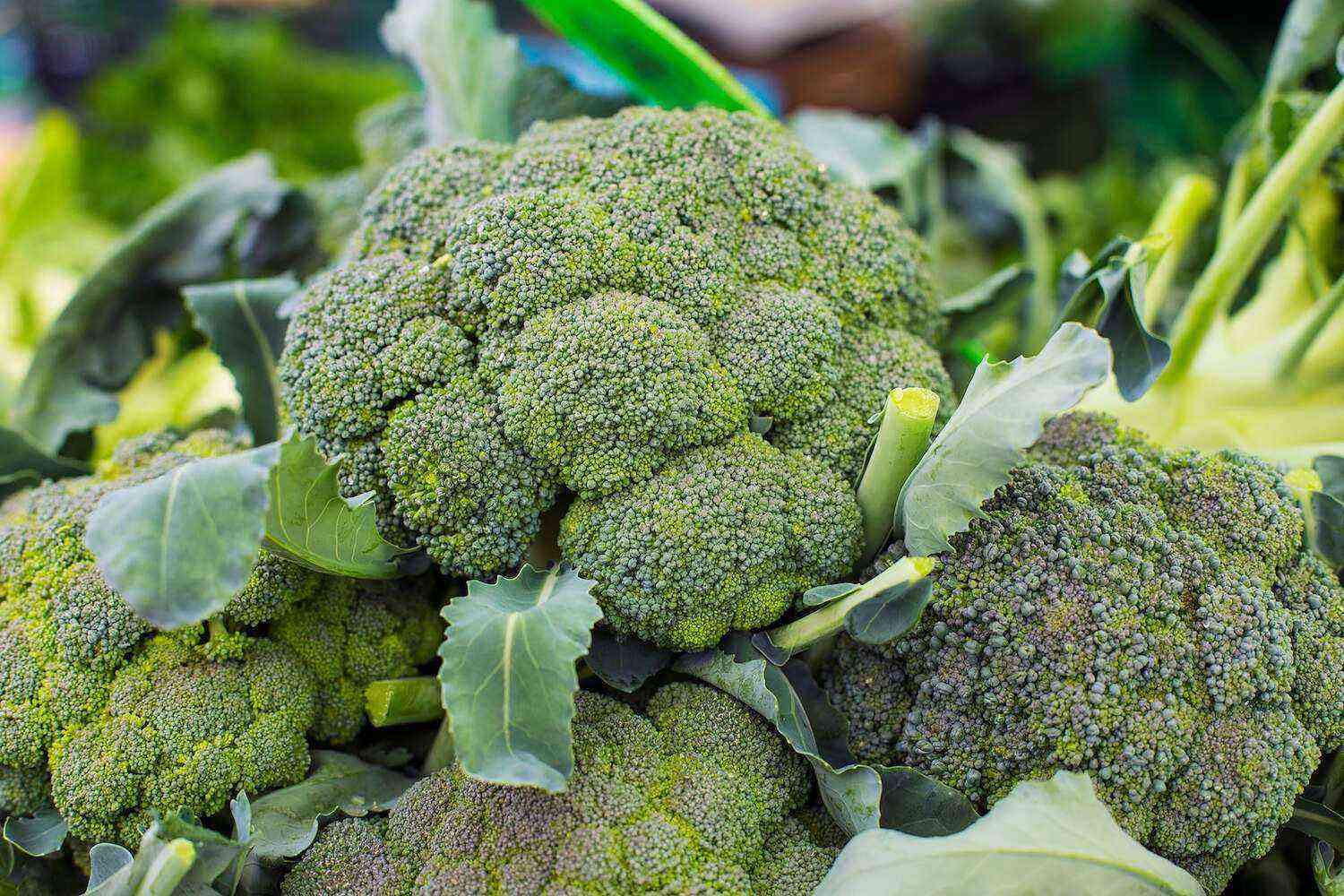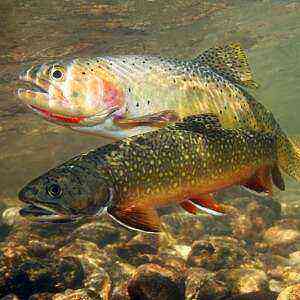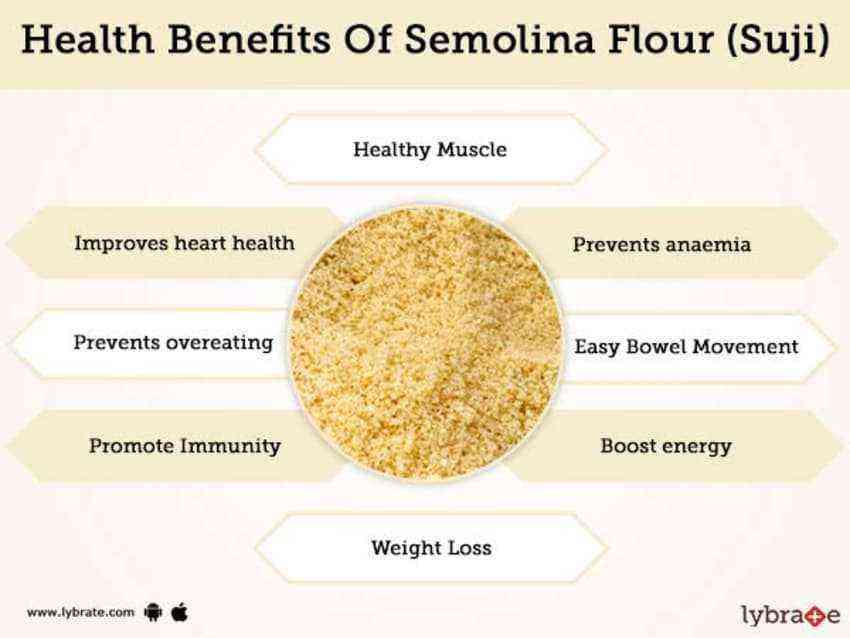The scallop (Latin Pectinidae) is a typical representative of the saltwater bivalve family. The body of the mollusk is hidden in a shell, consisting of two valves of different sizes and having a ribbed surface, it is to her that the scallop owes its name.
Scallops have the ability to open and close shell valves, and thus move in water, swimming away from enemies and predators. They can be found in any ocean and in many seas. They are the object of fishing, as they have tasty and healthy meat, and people have long used shells for decorative purposes.
Composition
This sea mollusk has a rich chemical composition. Delicate and tasty scallop meat consists of high quality protein, fat, water, contains many valuable mineral elements. It contains an order of magnitude more amino acids than any sea fish, including irreplaceable ones.
The scallop is rich in calcium, chromium, nickel, iron. It also contains chlorine, sulfur, molybdenum, zinc, B vitamins and a significant amount of iodine. A modest portion of shellfish provides the human body with a daily intake of elements such as thiamine and riboflavin, iron and iodine. At the same time, the calorie content of the scallop is low – only 88 kcal per 100 grams of fillet.
Like any other seafood, they are especially recommended for people who have problems with joints, bones, cartilage and connective tissue. A large amount of easily digestible calcium and magnesium, which are part of the scallop, is simply necessary for people suffering from similar diseases.


